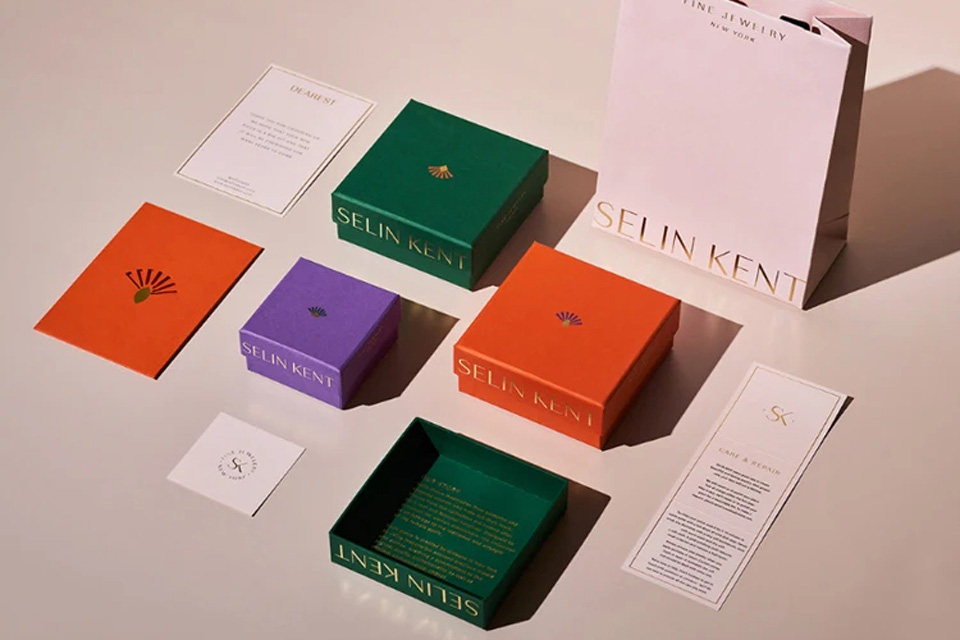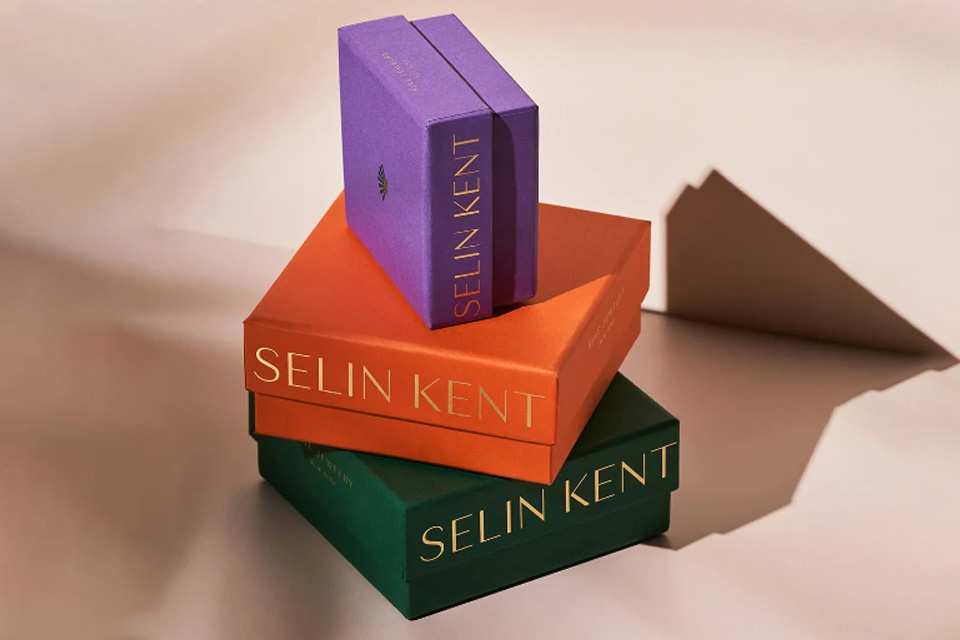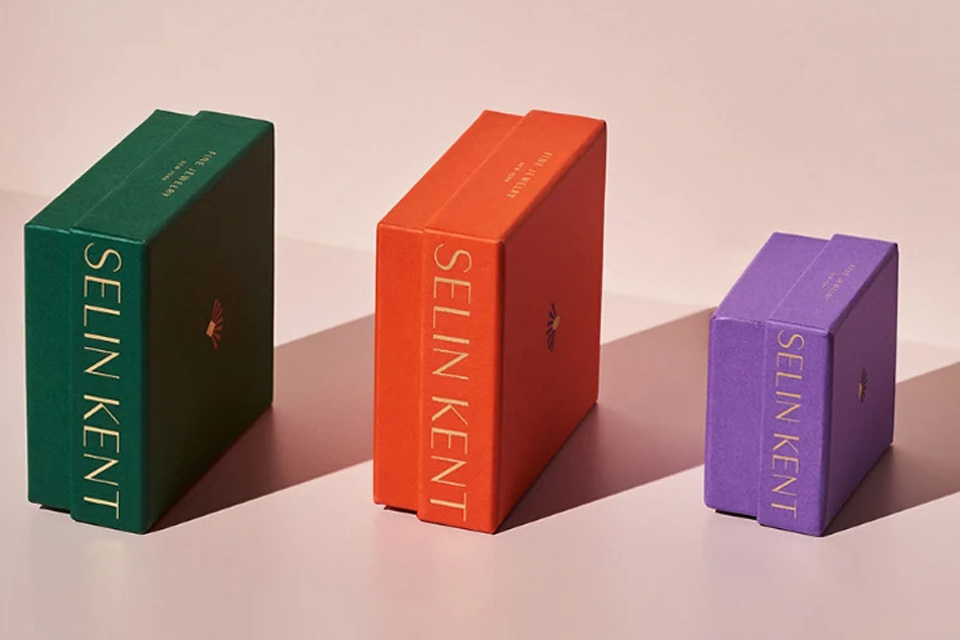Customized vs. Universal Packaging Ultimate Showdown: 8 Dimensions to Perspective Enterprise Strategic Choices
Customized vs. Universal Packaging Ultimate Showdown: 8 Dimensions to Perspective Enterprise Strategic Choices
Introduction
The global packaging market is expected to exceed $1.5 trillion in 2027. In this business competition, companies face a strategic choice between universal packaging and customized packaging. Based on data from the International Packaging Association and the practices of companies such as Walmart and IKEA, this article systematically analyzes the differentiated competitiveness of the two types of packaging solutions through 8 core dimensions such as cost control, brand building, and environmental performance, providing decision-making basis for companies at different development stages.
1. Cost efficiency: short-term savings vs. long-term investment
Universal packaging can reduce unit costs by 62% (International Packaging Association 2024 data) with standardized production, which is especially suitable for start-ups to quickly distribute goods. For example, 90% of merchants in Yiwu Small Commodity Market use universal corrugated boxes, achieving an average daily delivery cost of 0.3 yuan per piece. Although customized packaging has high initial investment, cost optimization can be achieved through an intelligent design platform. Baoyijie's AI design system reduces proofing costs by 85%, and the unit cost reduction rate reaches 39% during mass production. Although the unit price of Starbucks' limited edition cup customized packaging is 4 times higher than that of conventional products, it brings a 300% premium space.
2. Timeliness performance: plug-and-play VS precise protection
The spot supply advantage of general packaging is significant. 7-Eleven's emergency replenishment system can complete the allocation of general cartons for 20,000 stores across the country within 4 hours. However, its unified specifications lead to gap filling problems in 30% of the goods, and the transportation damage rate is as high as 7.2% (China Logistics Association 2025 Report). Customized packaging achieves millimeter-level adaptation through 3D modeling. IKEA's mushroom mycelium cushioning packaging reduces the loss rate of fragile products from 4.3% to 0.8%. The stacking stability of Walmart's customized display racks has increased by 5 times, and the shelf turnover efficiency has increased by 28%.
3. Brand building: functional carrier VS emotional medium
As a logistics tool, the brand exposure conversion rate of general packaging is less than 3%. Amazon's calculations show that the secondary communication value of standard kraft cartons is almost zero. Customized packaging is a mobile billboard. Coca-Cola's AR interactive packaging extends user stay time by 230% and increases the conversion rate of scanning code by 41%. L'Oréal's personalized perfume box uses laser engraving technology to increase the repurchase rate by 58% (McKinsey 2025 case study).
4. Environmental performance: basic compliance VS closed-loop innovation
Although general corrugated boxes are recyclable, they are reused no more than 3 times, generating 2.7 million tons of landfill waste each year (UNEP data). Its carbon footprint is 1.2kg CO2/piece, which is still higher than the 0.8kg CO2/piece of customized packaging. Customized packaging is evolving towards a circular economy: the PP plastic recycling system of Systalen, a German company, allows packaging to be reused 50 times; Notpla's seaweed-based water ball packaging degrades naturally in 4 weeks and won the 2025 Global Circular Economy Award.
5. Supply chain flexibility: rigid system VS agile response
General packaging relies on centralized production, which caused a global carton gap of 23 billion pieces during the epidemic. Its average delivery cycle is 21 days, which makes it difficult to cope with sudden demands. Customized packaging leverages the innovation of distributed manufacturing. Xiaoxiang Zhihe's "cloud factory" network achieves 72-hour nationwide delivery, and 3D printing technology reduces the SKU switching time from 14 days to 4 hours. This model has tripled the speed of Zara's holiday limited packaging to market.
6. Regulatory Adaptation: Passive Response VS Active Leadership
The EU SUPD Directive requires that recycled materials account for 65% of packaging by 2030, and general packaging companies face a 9-15% increase in compliance costs. China's "plastic ban" upgrade has eliminated 23% of traditional packaging manufacturers. Customized packaging seizes policy dividends through material innovation: Toray Chemical's rPET food-grade recycled film has passed FDA certification, and its cost is 34% lower than that of virgin materials; Ecovative's mycelium packaging has obtained environmental protection access permits from 48 countries, becoming a new favorite in cross-border trade.
7. Consumer Insights: Fuzzy Reach VS Precise Interaction
The user data acquisition rate of general packaging is 0.7%, which is difficult to support precision marketing. Customized packaging integrates IoT technology to build a data gold mine: Nongfu Spring's NFC smart bottle cap has accumulated 230 million consumer data; Glossier's beauty box uses RFID tags to achieve a user portrait accuracy of 91%, guiding the success rate of new product development to increase by 67%.
8. Strategic value: cost center VS profit engine
General packaging has always accounted for 3-5% of operating costs. Tesla's calculations show that its packaging costs have swallowed up 12% of gross profit margins.
Customized packaging is reconstructing the value chain: Hermès's leather care box has a secondary sales premium of 400%; Blue Bottle's coffee grounds recycling packaging has increased the customer unit price by 28%, successfully opening up an environmentally friendly peripheral product line.
Conclusion
In the era of packaging industry 4.0, general and customized are no longer simple substitutes, but a dynamic and complementary ecosystem. DHL's smart packaging decision model shows that when the gross profit of a single product is less than $15, general packaging has more advantages, and when it exceeds $30, the ROI of the customized solution increases by 240%. Enterprises should establish a flexible packaging strategy: basic categories use universal packaging to control costs, and core products use customized packaging to build competitive barriers. As the Boston Consulting Group report said: "The packaging system of the future is essentially the materialized expression of corporate strategy."
Authoritative external links to enhance SEO
- International Packaging Association Annual White Paper
- EU Circular Economy Action Plan
- Baoyijie Intelligent Design Platform
- Ellen MacArthur Foundation New Plastics Economy Report
- ISO 18601 Packaging Circularity Standard
- McKinsey Packaging Industry Insights
- China's Plastic Ban Policy Interpretation
- Xiaoxiang Zhihe Cloud Factory Network



